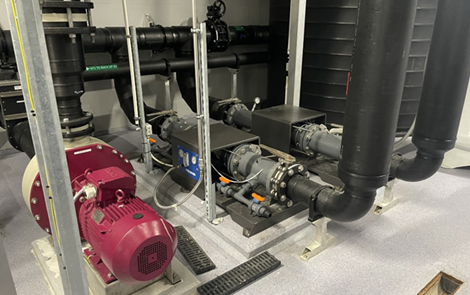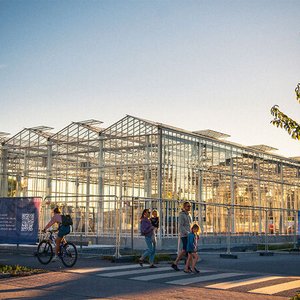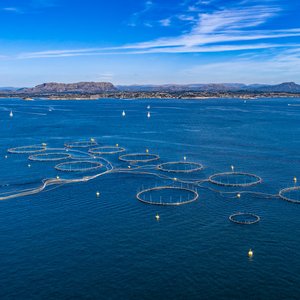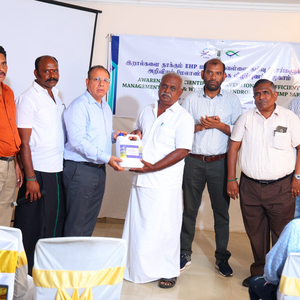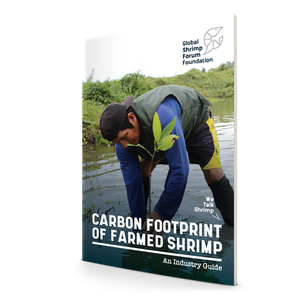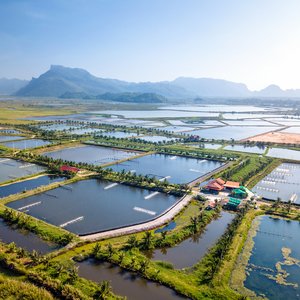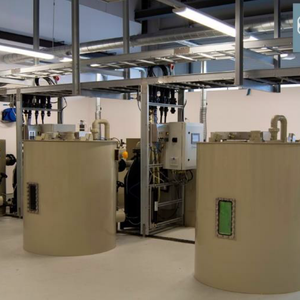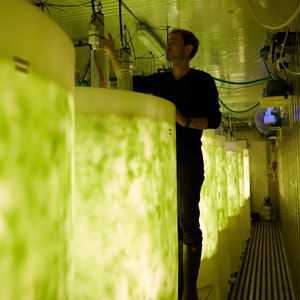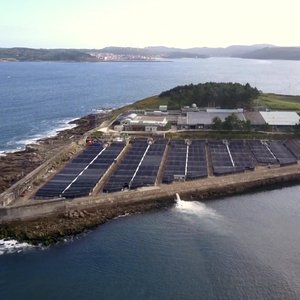Nanobubble specialist Moleaer has achieved significant results from its recent collaboration with Lødingen Fisk, an aquaculture facility in Norway and early adopter of new technology, where Moleaer’s Trinity Nanobubble Generator was integrated.
By incorporating Moleaer’s proprietary nanobubble technology and optimizing key operating parameters, Lødingen Fisk has achieved notable performance improvements in water quality, fish health, and operational efficiency.
Nanobubbles, typically measuring between 80-200 nanometers in size, remain suspended in water for extended periods. Their unique properties, including neutral buoyancy and strong negative surface charge, allow them to increase oxygen transfer efficiency and improve water quality by removing biofilm and particles from the water. At Lødingen Fisk, Moleaer’s system played a key role in enhancing oxygen dissolution, reducing suspended solids, and delivering significant improvements in biofilter performance, resulting in cleaner, more oxygen-rich water for the fish.
The success of this short-term study lies in how Moleaer optimized nanobubble integration within Lødingen Fisk’s Recirculating Aquaculture System (RAS)—years of research and development enabled Moleaer to fine-tune the technology, ensuring that nanobubble concentration and conditions were optimized to facilitate key biological reactions.
These adjustments led to measurable gains at Lødingen Fisk, which manages over 1.7 million Atlantic salmon:
- 94% Oxygen Transfer Efficiency: Increased by 71% compared to conventional methods, enhancing fish health and growth.
- 23% Increase in Dissolved Oxygen & 30% Reduction in Water Turbidity: Resulting in a 67% decrease in ozone usage, cutting operational costs and contributing to a cleaner, more sustainable environment.
- Enhanced Biofilter Efficiency: Nitrite accumulation was reduced by 70%, with ammonia nitrification rates improving by over 60%, leading to more efficient waste processing and system optimization.
- Biofilm Scrubbing Effect: Nanobubbles loosened biofilm from surfaces, increasing suspended solids, which were then filtered out, improving overall water quality. Moleaer’s study showed that within the first 48 hours of nanobubble integration, there was an immediate increase in oxygen transfer and biofilm removal. The second set of measurements, taken after 50 days, revealed clearer water and improved nitrification rates, helping to reduce toxic nitrite accumulation by 70% significantly.
“Our work with Lødingen Fisk demonstrates the transformative potential of nanobubble technology to unlock new levels of productivity within the aquaculture industry,” said Jan Eric Haagensen, senior director of Scandinavia at Moleaer. “The results not only validate our technology but also demonstrate how strategic application can drive substantial improvements, offering a pathway toward improved fish welfare and more efficient, cost-effective, and sustainable aquaculture facilities.”
These gains highlight the importance of not only introducing advanced technology but also integrating it into systems with precision. Lødingen Fisk experienced the benefits of this approach through lower feed conversion rates (FCR), improved fish growth, and reduced operational expenses – key metrics in a highly resource-sensitive industry. With the global aquaculture industry pushing for more sustainable and efficient practices, this case study highlights how Moleaer’s deep industry knowledge and expertise in harnessing nanobubble technology can achieve impactful outcomes in RAS processes. The results at Lødingen Fisk are part of a growing body of evidence showcasing how advanced water treatment technologies can transform aquaculture facilities worldwide.


